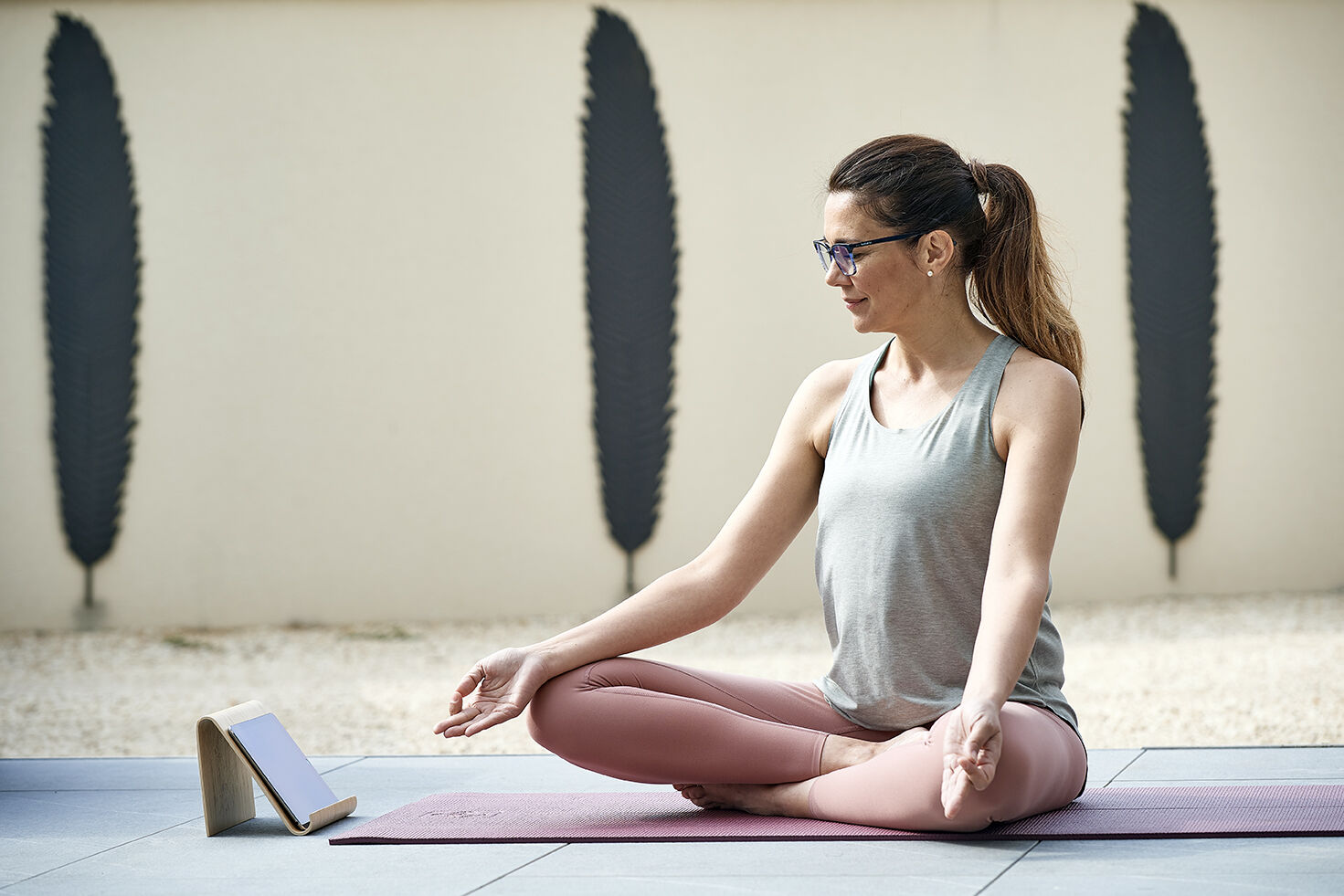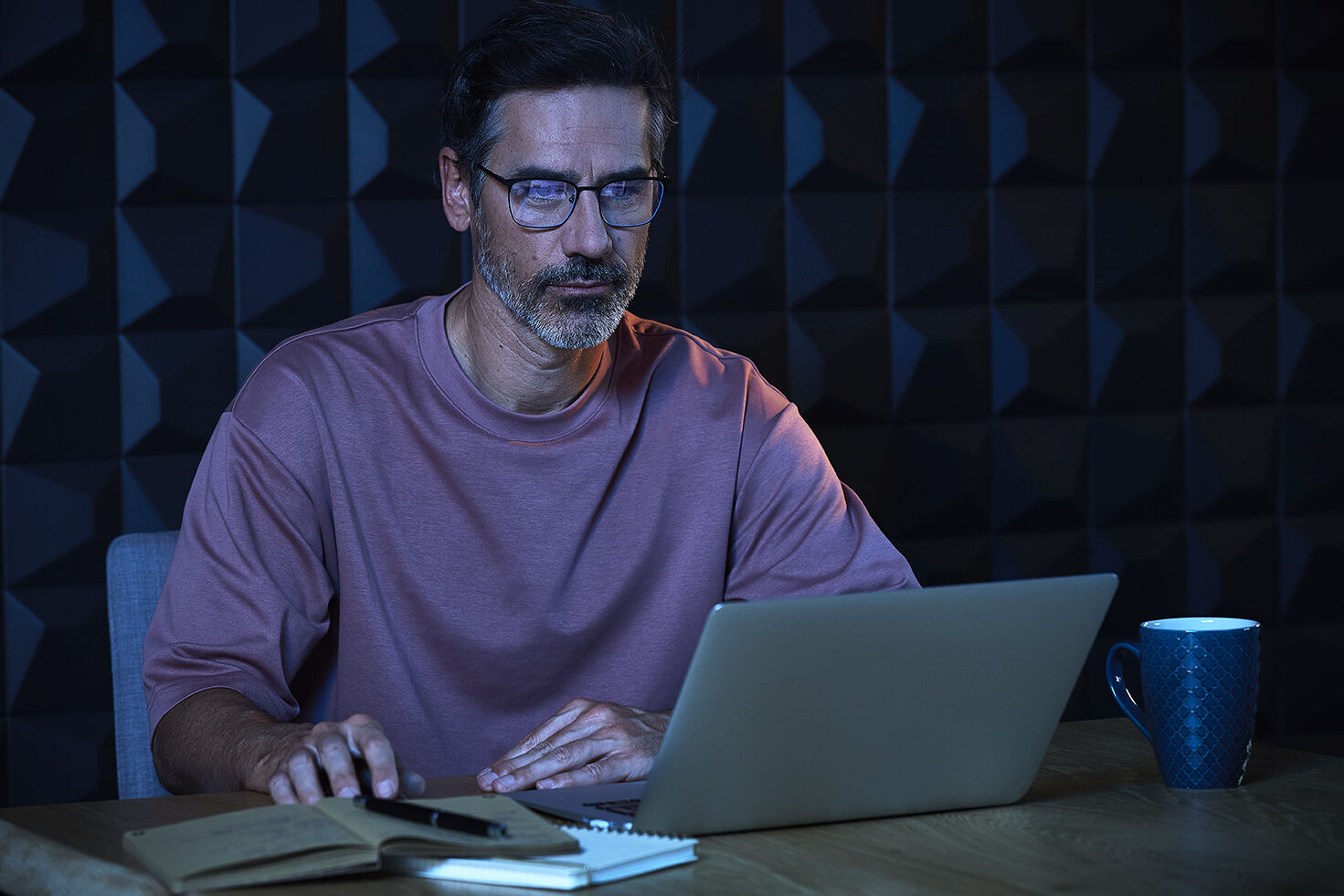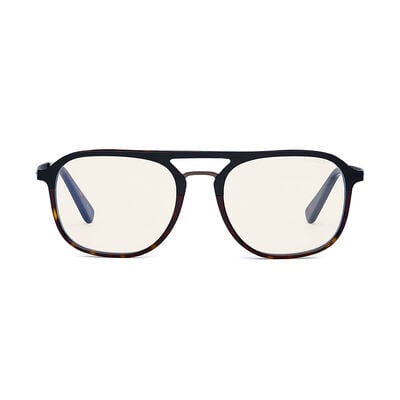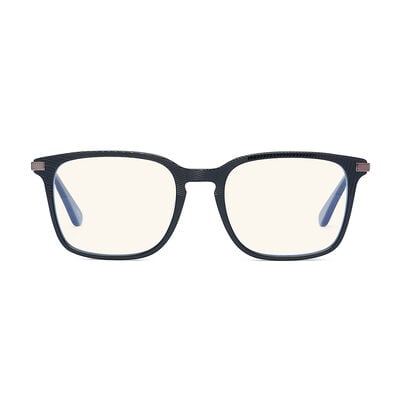The amount of time we spend staring at screens continues to increase, further exacerbated by the COVID-19 pandemic and switch to more remote work. People now are spending an average of 4.8 hours a day on their mobile phones and that continues to increase each year.
Long-term exposure to blue light causes a worsening of visual fatigue and nearsightedness, states research in the International Journal of Ophthalmology. The study finds that blue light passes through the eye cornea and lens to the retina, and can cause diseases such as cataracts, dry eye, and age-related macular degeneration.
Exposure to blue light sources starts earlier than before, beginning in childhood. Care should be given to protecting the eyes of children, teens and other people that stare at screens, such as gamers and people using screens for work. Adapted protection can be used to avoid long-term risks of blue light exposure and should be considered from an early age and in the workplace.
When are we mostly exposed to blue light?
It’s now commonly known that digital devices emit blue light, but the largest source of blue light actually comes from the sun. Blue light has more energy per photon than other colours in the visible spectrum, which makes it more likely to cause damage when absorbed by cells in the body, finds Harvard Medical School.
In addition to the sun, blue light sources include fluorescent and LED lights, CFL (compact fluorescent light) bulbs, flatscreen LED televisions, and all types of computer monitors, tablets, and smartphone screens. These types of lighting are commonplace in most workplaces, such as in offices and factories. Additional technology like monitoring screens is extensively used in hospitals and other healthcare areas. It may be harmful to look directly at many high-power consumer LEDs, such as military-grade flashlights and other handheld lights, states Harvard Medical School.
Blue light exposure increases when the eyes are in close proximity to screens and over time spent looking at our electronic devices. How we use these devices daily must be considered.


How does blue light affect our eyes?
Blue light naturally boosts our alertness during the day, regulating circadian rhythms and helping with memory, cognitive function, and mood, says the Prevent Blindness organization. But too much exposure to blue light during the evening and at night can disturb the wake and sleep cycles.
Overexposure to blue light can lead to digital eye strain, sleeping problems, blurred visions, headaches, and neck and shoulder pain, among other issues, states the American Optometric Association’s Doctors of Optometry. Long-term effects of blue light exposure are not yet determined though people are exposed earlier in life.
Children have a higher sensitivity to blue light, according to the European Commission Public Health, which can cause light-induced retina damage and is especially a concern for children below the age of three. Adolescents and teens are generally exposed to LED light sources for long periods of time and may also be exposed to new LED sources such as from virtual reality headsets.
How to protect our eyes from blue light’s dangers
While 88% of Americans know that digital devices can negatively affect their vision, the average person still spends seven or more hours per day looking at screens, says the American Optometric Association. But there are a few ways to be more cognizant of this and limit the effects on the eyes.
Take regular breaks from devices and screens by using the “20-20-20” rule. After every 20 minutes of looking at a screen, shift your eyes to look at an object at least 20 feet away for at least 20 seconds. This will help reduce blue light and digital eye strain.
Use blue-light-blocking glasses to protect the eyes. Problu 420 is a blue-light blocking technology that filters 100% of harmful blue light up to 420 nm. This embedded technology is combined with an optional anti-reflective coating on the inside of the lens for improved clarity and vision.
Blue light screen protectors can be put on top of screens like computer monitors. Though recent research has found that changing settings on the device, such as decreasing the screen’s brightness and using night mode, is more effective in reducing blue light than using screen protectors.
Sunglasses can protect the eyes against damaging ultraviolet (UV) light. When outdoors, choose sunglasses that block 99 to 100% of UVA and UVB rays and around 75 to 90% of visible light.

Long-term blue light exposure can have harmful effects on our health and vision. Care should be taken with the eyes of children and teens and others who may be vulnerable to screen-related issues. Though blue light is now extensively used throughout workplaces, using adapted protection and techniques will prevent damage and protect the eyes.


















